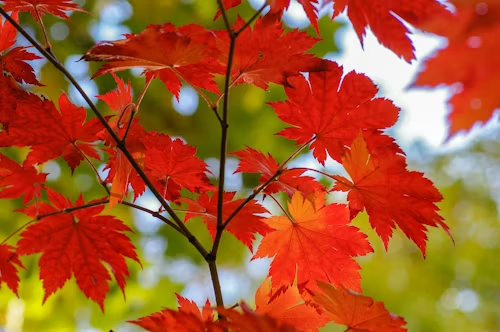
Color plays a vital role in garden design, influencing the mood and overall feel of the space. By carefully selecting and arranging plants, flowers, and garden décor, you can create a garden that’s visually striking and emotionally uplifting.
- Choose a Color Scheme: Start by selecting a color palette that reflects the mood you want to create. For a calming garden, opt for cool colors like blues, purples, and whites. For a vibrant and energetic feel, choose warm colors like reds, oranges, and yellows. Mixing too many colors can make the garden look chaotic, so stick to a cohesive palette.
- Use Color to Create Depth: Planting darker-colored plants in the background and lighter-colored ones in the foreground creates a sense of depth, making your garden feel larger. For example, plant deep purple or red flowers at the back and light pinks or whites at the front.
- Consider Foliage Color: Flowers aren’t the only source of color in your garden. Foliage plants come in a wide variety of shades, from silvery-gray to deep burgundy. Use these plants to add texture and color even when flowers aren’t in bloom.
- Seasonal Color Changes: Plan for year-round color by choosing plants that bloom in different seasons. Spring bulbs like daffodils and tulips provide early color, while summer perennials like coneflowers and daisies keep the garden vibrant. In fall, ornamental grasses and trees with colorful foliage can extend the garden’s appeal.
- Colorful Garden Décor: Don’t forget to incorporate color through garden décor. Painted pots, garden sculptures, and furniture can add pops of color and help tie your garden design together.
By using color strategically, you can transform your garden into a beautiful, harmonious space that reflects your personal style.











